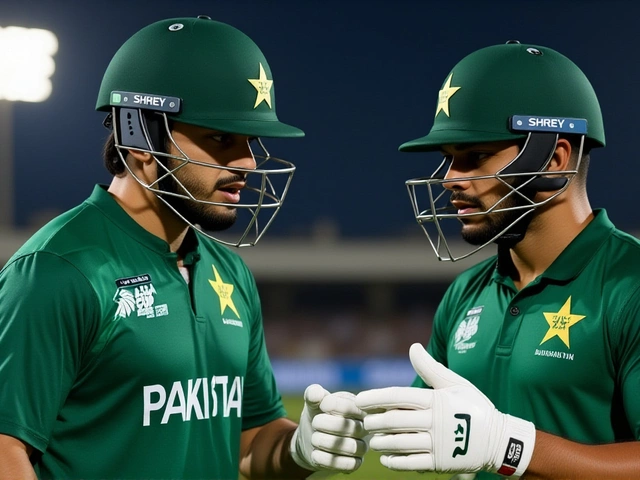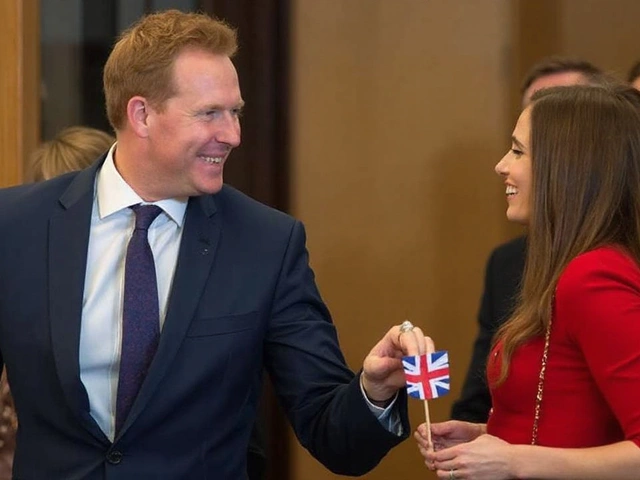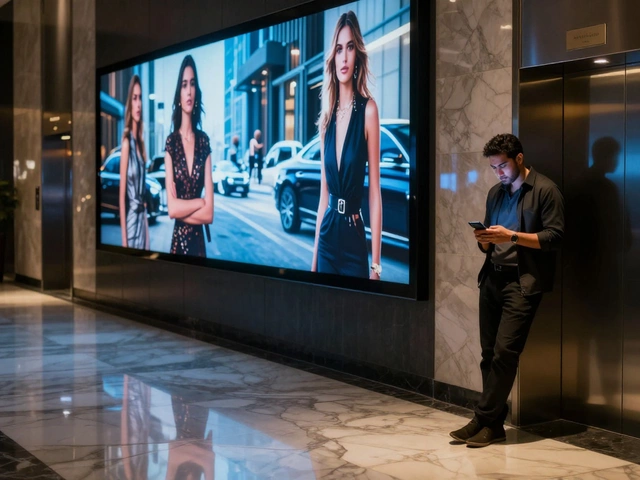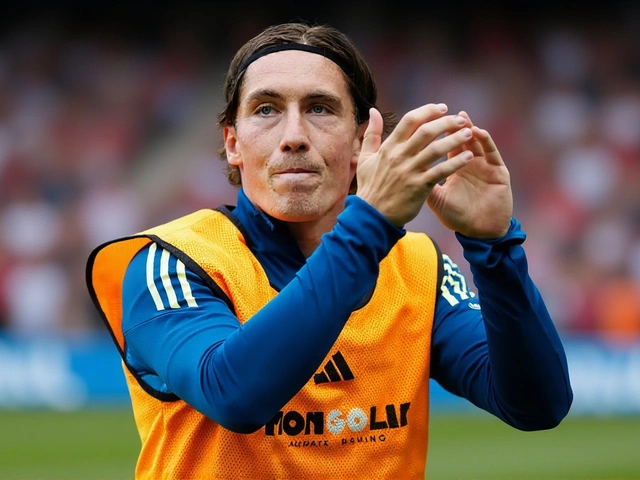Far‑Right Rally: What It Looks Like and Why It Happens
When you hear the term "far‑right rally," you probably picture a crowd waving flags, shouting slogans, and trying to get attention. These events are usually organized by groups that hold extreme nationalist or anti‑immigrant views. They pick public spaces, parks, or city squares because they want to be seen by as many people as possible.
Most participants claim they’re exercising free speech, but the messages they spread can be hateful or threatening. That’s why local authorities keep a close eye on these gatherings. They want to make sure the rally stays peaceful and doesn’t turn into a clash with counter‑protesters.
How to Stay Safe If You’re Near a Rally
First, know the location and the time. A quick check on local news or social media will tell you if a rally is planned near you. If you have kids or an elderly relative, consider taking a different route or staying indoors during the event.
Second, avoid getting into arguments. Even if you disagree strongly, walking away is usually safer than trying to argue on the spot. If you feel threatened, call the police and let them know where you are.
Why Understanding These Rallies Helps the Community
Seeing a far‑right rally can be unsettling, but it also offers a chance for the community to talk about why the ideas behind it are harmful. Schools, clubs, and local groups often hold discussions after a rally to explain the facts and debunk myths.
When people learn more about the real impact of extremist messages, they’re less likely to be swayed. Community leaders can also use the moment to promote inclusivity and show that most residents reject hate.
In short, a far‑right rally is more than a loud gathering—it’s a flashpoint that tests how well a town can handle conflict. By staying aware, staying safe, and talking openly, you help keep your neighbourhood calm and resilient.
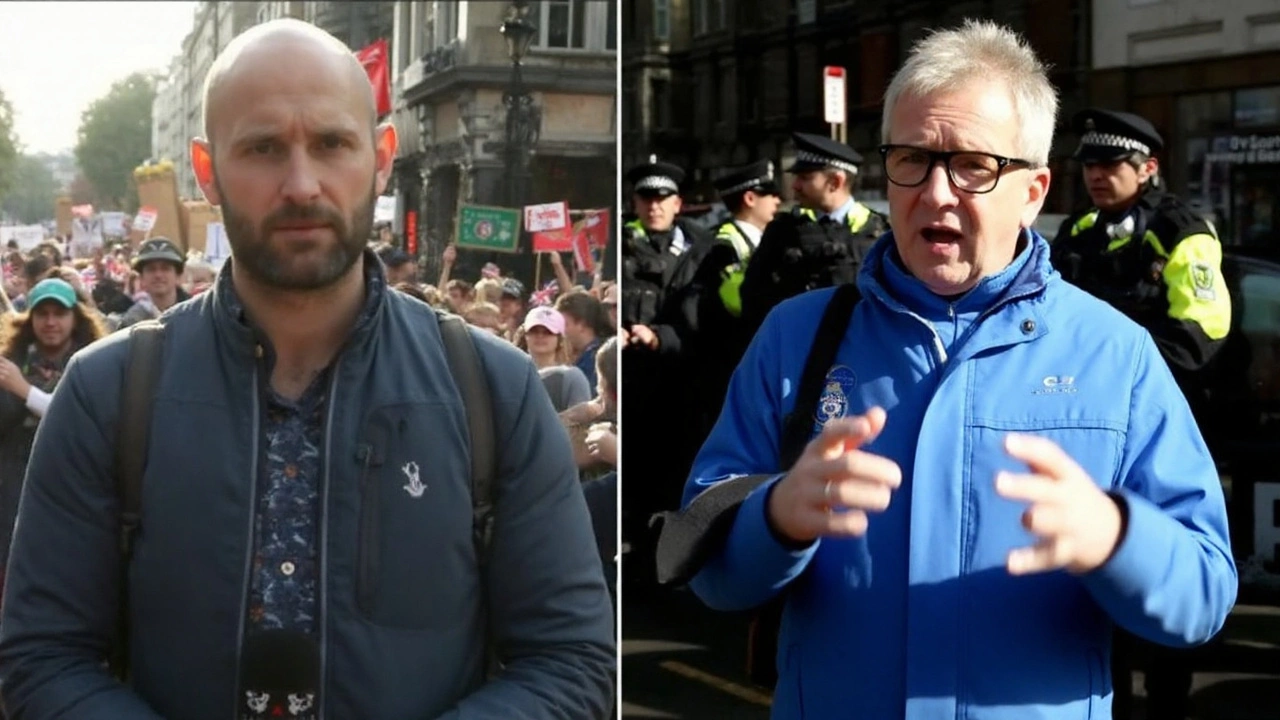
One of the UK's largest far-right rallies in years drew 110,000–150,000 to central London as police reported 'significant aggression.' The Tommy Robinson-led 'Unite the Kingdom' march clashed with officers, leaving 26 injured, including four seriously. About 5,000 counter-protesters gathered at Whitehall. Police made nine arrests and worked to keep rival groups apart.

